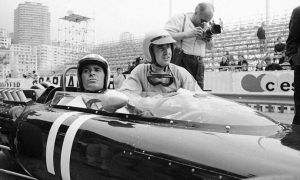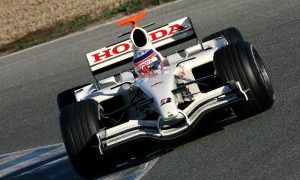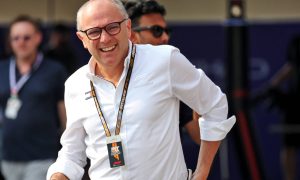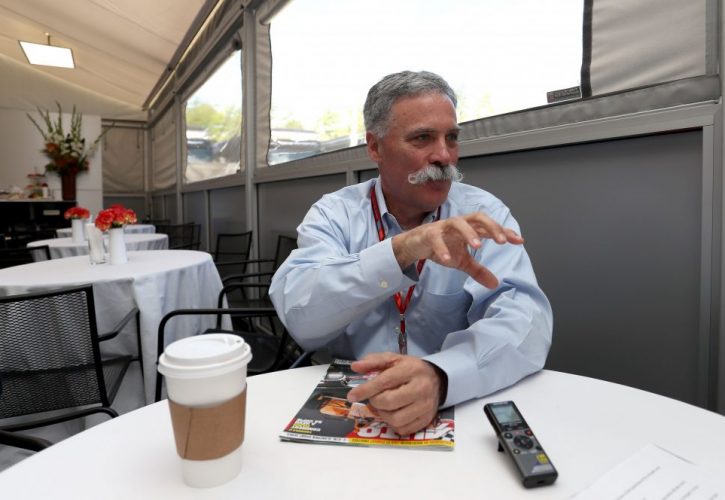
F1 CEO Chase Carey is investigating the possibility of introducing standard components into Formula 1 as a means of controlling costs.
As F1 seeks to put a cap on spending, the sport's executive manager insists the ultimate aim is not to produce standardised cars, but rather specific elements common to each team's engineering efforts.
"In terms of the teams we are very much focused on cost," explained Carey.
"And I think one of our objectives is clearly to try, for the benefit of the teams as well as the sport overall, to find a way to manage and control cost, and that is probably going to be through some sort of, there are many paths to get there, whether it is cost caps or other ways to address key components of the car.
"We are not looking to standardise the car," he insisted.
"We think it is very important we continue to have a sport that is competition married to state of the art technology, so we are not looking to dumb the cars down, but I think we can standardise components a bit."
Carey wouldn't reveal which elements, related either to a car's power unit or its aerodynamics, could eventually lend themselves to a process of standardization.
"We are looking for ways to help address what some of the teams in particular spend that would improve the overall economics of the business and enable everybody within it to benefit as well as improving the competition, because I think one of the challenges we have today is there are a handful of teams that currently spend at a level that is much different to the others and you can see the results on the track.
"If we can bring the costs into an area where they are more comparable, not equal, but they are more comparable to each other and it enhances competition it would make the economics of the business much better."
Carey wouldn't reveal which elements, related either to a car's engine or power train, or to its aerodynamics, could eventually lend themselves to a process of standardization.
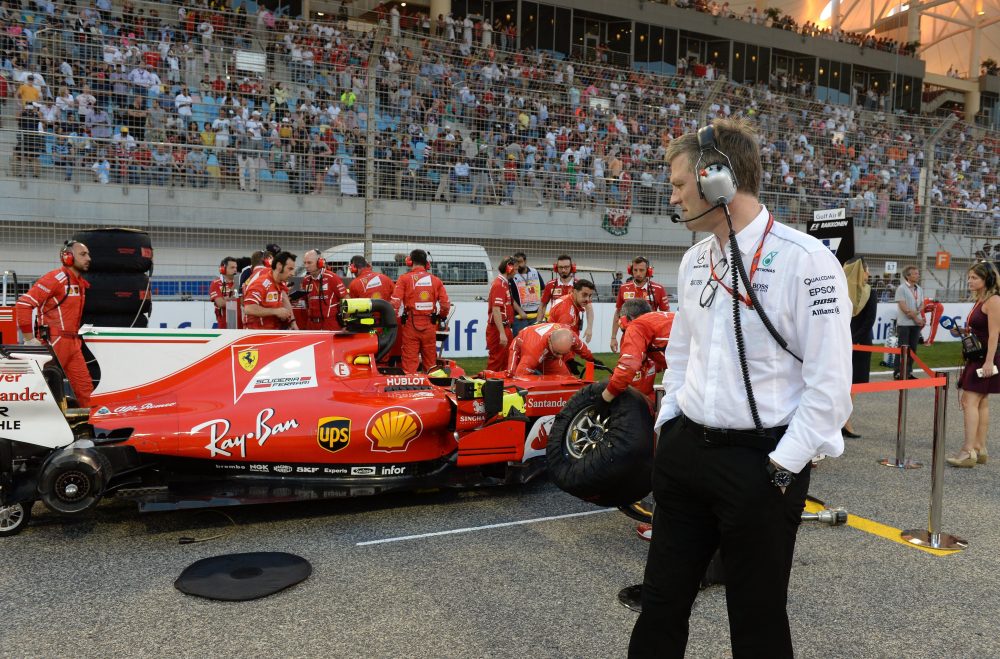
©WRI2
"We have begun that process with the teams," he said.
"We have had some preliminary meetings and there are some big components to it like addressing the engine which is one of the most complicated parts of the car.
"It is certainly our goal to address those costs and we think that the sport will benefit on many levels from that.
"Today there are teams that are spending the better part of $500m to put a race car on the track.
"That simply doesn’t make sense and if we can put a structure in place that is healthier for the business, improve competition on the track, make the sport more attractive but manage those costs, it will create significant improved profitability that all of us should benefit from."
Gallery: The beautiful wives and girlfriends of F1
Keep up to date with all the F1 news via Facebook and Twitter



